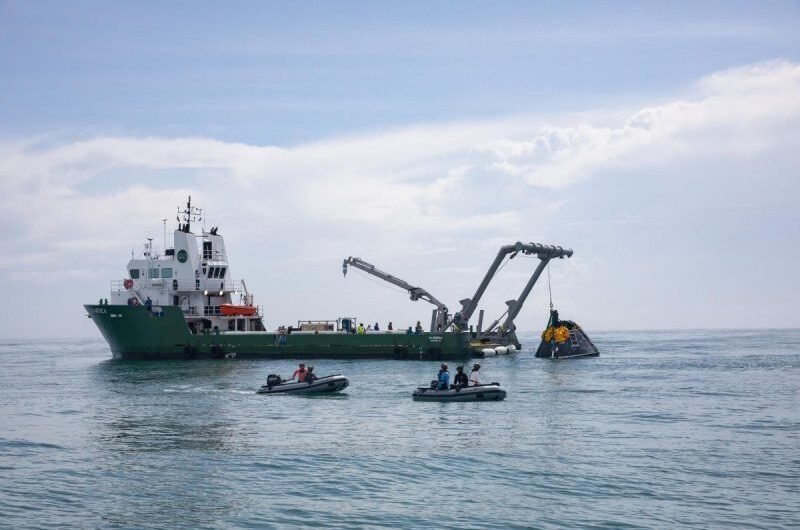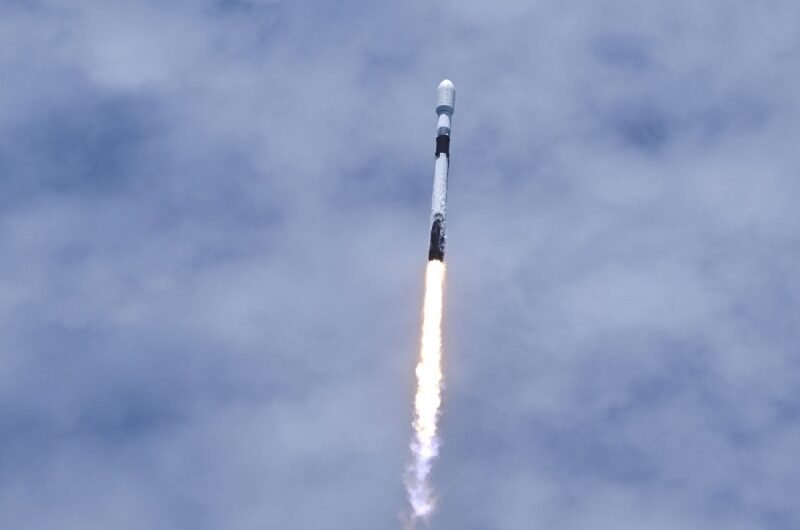NASA is preparing to launch an innovative aircraft across the United States, capable of traveling faster than the speed of sound—without the disruptive noise typically associated with supersonic flight. The cutting-edge X-59 jet could play a pivotal role in overturning the long-standing government restriction on such high-speed travel over populated areas.
A recent post on social media showcased the jet in action, with flames dramatically bursting from its engine during a rigorous test in California. This successful test confirmed the aircraft’s ability to achieve extraordinary speeds. Developed in collaboration with aerospace giant Lockheed Martin, the X-59 is designed to reach over 900 miles per hour, significantly exceeding the sound barrier threshold of 761 mph as outlined by NASA.
What truly differentiates this revolutionary aircraft is its unique noise reduction technology. Unlike traditional supersonic jets that create an ear-shattering sonic boom, the X-59 is engineered to produce only a subdued “thump” when breaking the sound barrier. This groundbreaking concept is one NASA is eager to test, with a series of planned experimental flights aimed at evaluating both public perception and the precise shockwaves generated during flight.
The X-59 is a crucial component of NASA’s ambitious vision to develop advanced aircraft that can operate over heavily populated regions without causing disruptive noise pollution. If the upcoming test missions prove successful, the agency will take steps toward lifting the U.S. ban on supersonic travel, potentially paving the way for commercial airlines to adopt this high-speed technology.
NASA has dedicated decades to studying innovative aircraft designs and advanced aerodynamics, believing that these developments could redefine air travel, enable rapid emergency response, and significantly cut down flight times for both commercial and medical transportation.
Meanwhile, private companies are also pushing the envelope in supersonic aviation. Boom Supersonic, a pioneering aerospace firm, is developing its own next-generation passenger jet, the XB-1. This futuristic aircraft made history with its maiden flight earlier this week. After completing 12 test flights, the Colorado-based company achieved a major milestone—breaking the sound barrier over California and securing the title of the world’s fastest airliner.
The eagerly anticipated first flight of the X-59 is expected to take place later this year. During its test phase, the aircraft will soar over residential communities in the U.S., marking a significant step toward a new era of quieter and more efficient supersonic air travel.
Topics #Jet #NASA #Nasa Jet #Nasa Plane #New Flight #news #X-59











